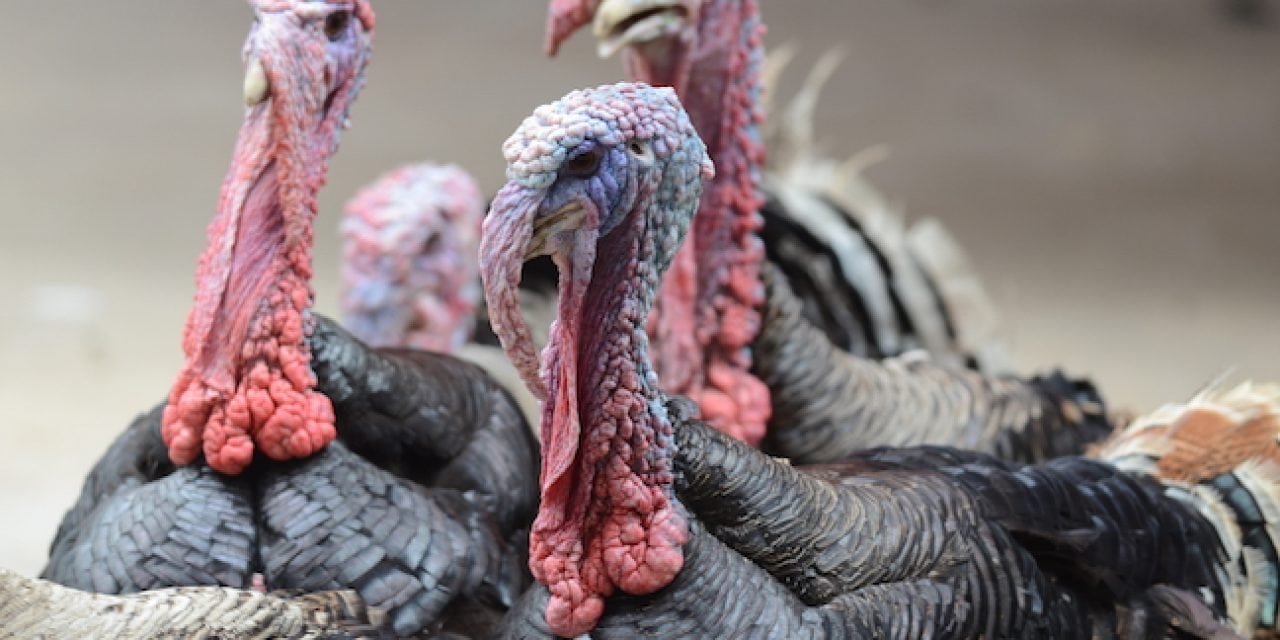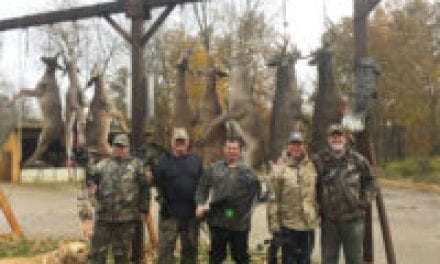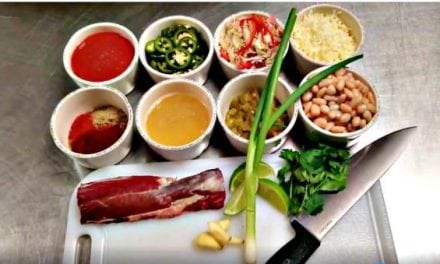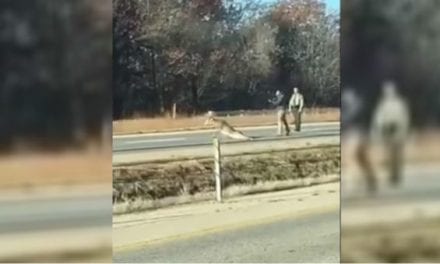Longer seasons and increased bag limits are the trends for New England fall turkey hunting this year.
Passing on the fall turkey season is a missed opportunity considering the number of birds available, long seasons and liberal bag limits in most states.
MAINE
Maine’s turkey population is doing extremely well and should enter the fall season numbering 60,000 to 70,000 birds. Since 2014 several regulation changes have been put in place to draw more hunters to the field.
The separate fall hunting permit was eliminated and combined with an all-in-one spring/fall permit, and the license fee was reduced to $20 for both resident and non-residents. The tagging fee was also reduced from $5 to $2 and the fall bag limit was increased in the southernmost wildlife management districts from one to two birds of either sex. The fall limit in WMDs 10-13, 18, 19, 26 and 29 remains one bird of either sex.
Last year the fall season in all districts open to fall hunting was also lengthened by one week, through the first week in November. Hunters should make a point to check the 2017-18 hunting summary or Maine Fish and Wildlife website for more details when available.
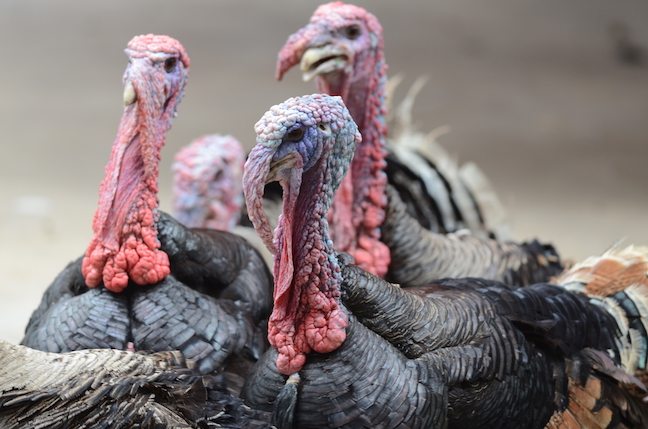
Passing on the fall turkey season is a missed opportunity considering the number of birds available, long seasons and liberal bag limits in most states. (Shutterstock image)
The new regulations and longer season seem to be working, resulting not only in more coincidental kills but also attracting more hunters specifically targeting fall birds. But the overall fall take is still well below what the population can stand. That means hunters in October and early November could still have their favorite hotspot or some of the best spots in their area to themselves.
Typically, the towns producing the highest fall numbers have been in York and southern Oxford counties along the border with New Hampshire and just inland from the border such as Lebanon, Acton, Newfield, Parsonsfield, Sanford, Porter and Lyman.
Some of the coastal York County towns, in particular Wells, York and Arundel, also produce their share. In Cumberland County and northward, hunters in Gorham, Buxton, Windham, Denmark and China also do well.
Keep in mind good hunting opportunities are apt to be found just about everywhere and unless otherwise posted private land in Maine can be accessed and hunted (although landowner permission is always a good idea).
NEW HAMPSHIRE
The turkey population in the Granite State has been holding steady at between 35,000 and 40,000. With the previous warm and dry nesting and hatching period, numbers shouldn’t change much following the spring season. The fall season was extended by one weekend last year and perhaps as a direct result the take increased to 1,101, slightly higher than in 2015 and the highest since 2010.
This year the archery season will commence Sept. 15 and end Dec. 15 in Wildlife Management Units B thru M. In WMU A in the far north where bird numbers are the lowest in the state, the season will commence Sept. 15 but end Dec. 8.
The fall 7-day shotgun season in WMUs D1, D2, G, H1, H2, I1, I2, J1, J2, K, L and M should be similar to 2016, but check the 2017-18 regulations for the fall shotgun season dates. The limit will remain one bird of either sex, taken either during the archery or gun season.
Except in the highest elevations of the White Mountains hunters should find plenty of birds just about everywhere. This is particularly true down the Connecticut River Valley along the border with Vermont.
The valley contains some of the largest agricultural lands and best turkey habitat in the state. The rural landscape south of Lake Winnipesaukee is also prime territory. The fall take in 2016 and recent years clearly points this out.
Fortunately, hunters will find plenty of public land in these areas. They vary in size, terrain and habitat and will call for some pre-season scouting but all hold turkeys.
Some potential spots are Black Mountain State Forest in Center Haverhill, the Mascoma Wildlife Management Area in Dorchester, 5,655-acre Cardigan SF in Orange and the 4,424-acre Enfield SF in Enfield. Most of these have heavily wooded hills so be prepared to do some climbing. The Gile SF in Springfield typically holds good numbers of birds, and the same is true of the Forest Peters WMA in Northwood, the Hidden Valley WMA in Gilmanton and the Ellis Hatch WMA in Brookfield, to name but a few.
VERMONT
Following a dramatic increase in the mid-1990s to 2008, Vermont’s turkey population has experienced a slow decline. Reasons for that decline may be due to a stabilization of the population as a result of habitat change and disease but despite it all 2015, 2016 and 2017 were good brood-producing years and the Green Mountain State is still home to 45,000 to 60,000 birds, one of the largest populations in New England. The average fall take between 2010 and 2016 was just under 1,100 birds of either sex.
Vermont’s fall bow and arrow turkey season starts Oct. 7 and ends Oct. 20. The shotgun and bow and arrow season starts in Oct. 21 and continues to Oct. 29 or Nov. 5 depending on the unit.
As is the case most years, the chances of success will depend a great deal on weather conditions and mast production. Poor weather conditions keep more hunters indoors while good food supplies makes turkeys more difficult to hunt.
Fall mast surveys in 2016 indicated fruits such as apples and berries and nuts such as acorns and beechnuts were less abundant than previous years and the near record fall take may be the result of several years of good production and low food supplies. If food supplies bounce back this fall, turkeys should be more dispersed and more challenging to locate.
In recent years Orange, Caledonia and Windsor counties along the central Connecticut River Valley have been perpetual good producers, along with Orleans County in the northeast, Washington County in the central region and Rutland County in the southeast along the border with New York.
Each of these counties produced 100 or more fall birds in 2016. Addison County just north of Rutland County produced 96 birds last fall. Much of the best hunting in these counties is often found on private land and unless otherwise posted landowner permission is not required, although seeking permission is encouraged as common courtesy.
These counties also have plenty of public land. In Orange County the old fields and hardwood areas on the Podunk WMA in Strafford hold birds. The same can be said for the Pine Mountain WMA in Topsham. The property covers 2,274 acres of old fields, hardwood ridges, hills and bottoms. Hunters wanting bigger woods with fewer hunters might head to the nearly 23,000 West Mountain WMA in the Maidstone area.
For more information on turkey hunting, exact season dates and public lands open to hunting visit www.vtfishandwildlife.com.
MASSACHUSETTS
The fall turkey season in Massachusetts will open Oct. 23 this year and end Nov. 4. The bag limit is one bird of either sex, unless two birds were taken last spring. Current estimates put the statewide population between 30,000 and 35,000.
During the spring season Berkshire County in the far west and counties along the Connecticut River are generally top producers. While Berkshire and Hampshire counties continue to producer their share, the trend of late has seen far more fall birds coming from Worcester County and Franklin counties.
In recent years these two counties have produced nearly half the fall take. Although it may vary year to year, Worcester County has become the fall hotspot. There may be several reasons for this, chief among them better weather conditions in the central region compared to the higher elevations in the west, particularly as you near the Connecticut and Rhode Island borders.
Another reason is the amount of public land open to hunting relatively close to the populated Worcester and Auburn area. Leominster, Douglas, Upton, Wachusett Mountain and Federated Women’s Club State Forest are all within a relatively short drive and hold good numbers of birds. Combined these five state forests cover nearly 17,000 acres of prime turkey habitat. A dozen or so wildlife management areas, (some small, some large) also offer fall turkey opportunities.
CONNECTICUT
The Connecticut fall turkey population is holding its own at 30,000 to 35,000 and is doing well, particularly in the northeast, north-central and northwest regions of the state. These are also, in that order, traditionally the top producing regions in the state.
While some of the largest flocks are found on private property, with pre-season scouting hunters should find plenty of opportunity on state forest lands and wildlife management in the northern half of the state.
Hunters should keep in mind these properties are designated as state bowhunting only areas or state lands during the fall archery season and dates vary.
In the northeast, Nipmuck SF in Union, Natchaug SF in Pomfret and Eastford areas, and Nye Holman SF and the several parcels making up Shenipsit SF near Stafford Springs should be good best. The Kollar WMA in West Willmington should have some birds as well.
Heading west, Tunxis SF in Hartland, the Simsbury WMA in Simsbury, Peoples SF in Barkhamsted, Algonquin SF in Colebrook, and Paugnut SF in Torrington should be checked out. And in the northwest Housatonic SF near West Cornwall offers some good opportunities.
RHODE ISLAND
Wild turkeys in Rhode Island have been struggling in recent years, declining from about 6,000 back in 2006 to perhaps 3,000 today. Although 2015 and 2017 saw good brood production, overall disease, high predation rates and poor habitat conditions have taken their toll.
Participation in the fall archery-only season is quite low with about 1,200 permits sold and less than 10 percent of permit holders actually participating in the hunt. Most hunters who purchase a fall turkey tag do so hoping for a coincidental opportunity while hunting deer. As a result the fall take is extremely low.
Hunters looking for public land should check out Eight Rod Farm WMA in Tiverton, generally a top spring turkey producer, Arcadia WMA in Exeter, the Big River WMA in Coventry, the George Washington WMA, the Buck Hill WMA in Burrillville and the Big River WMA in West Greenwich. The Carolina WMA in Richmond and Great Swamp WMA in South Kingston are also worth scouting. ■
The post New England Fall Turkey Forecast 2017 appeared first on Game & Fish.

